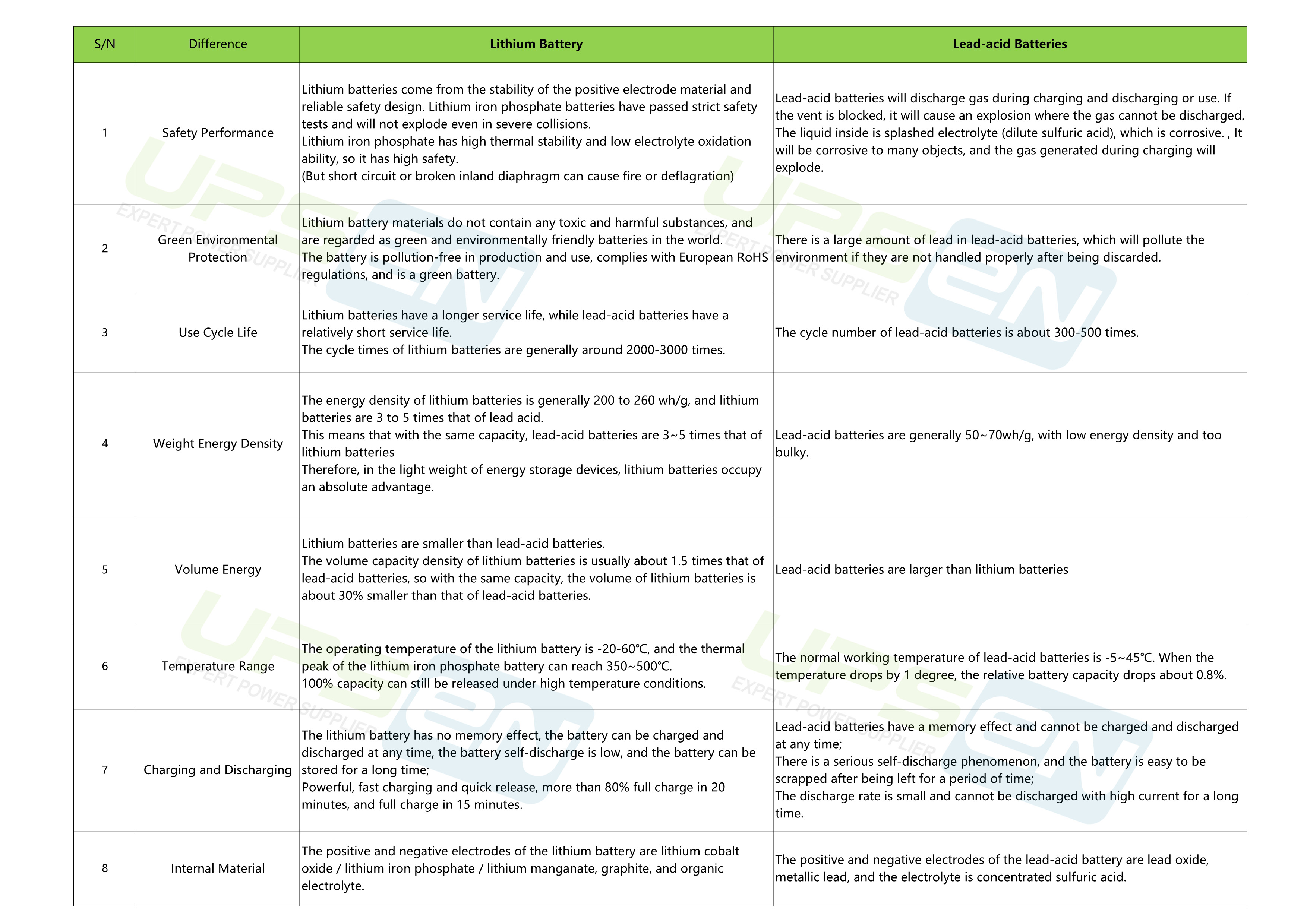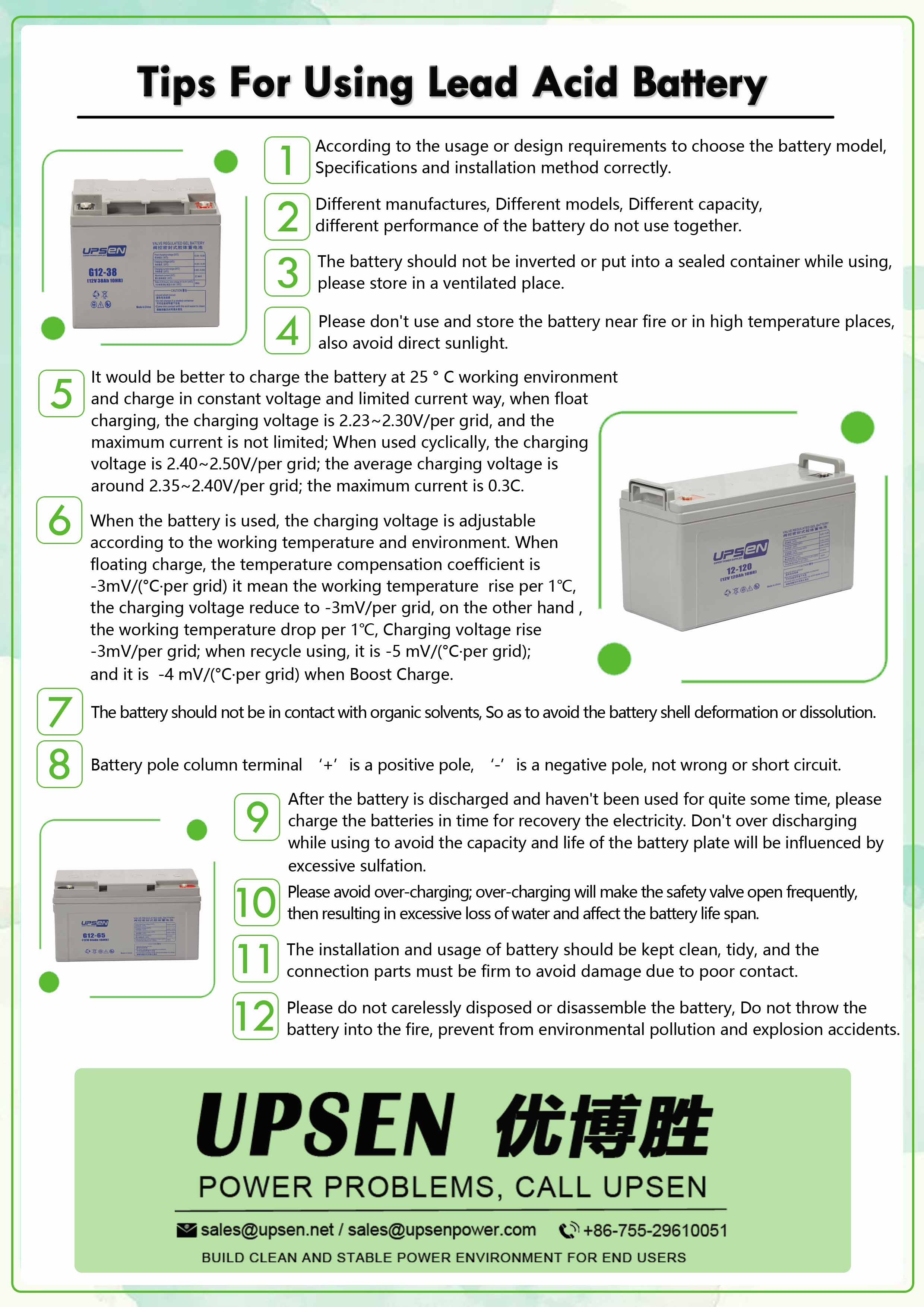UPSEN Professional Power Solution
All categories
Ask
How does an UPS work?
Ask
How to maintain UPS uninterruptible power supply battery
Ask
What is a True Modular UPS?
Ask
Solar controller's three-stage charging mode
Ask
The difference between high frequency UPS and low frequency UPS
Ask
Principle and function of inverter soft start
Ask
What is the advantage of lithium battery?
Ask
How to divide low frequency UPS and high frequency UPS ?
Ask
Comprehensive Comparison Between Lithium Batteries and Lead-Acid Batteries
Ask
How to use the inverter correctly?
Ask
How to maintain UPS?
Ask
Do you know there are several types of UPS?
Ask
How to buy a suitable UPS that you need?
Ask
Notes for using lead acid battery
Ask
How to improve the reliability of UPS ?
Previous page
1
2
Next page
- 86-755-29610051
- +86-13352908573
- sophiaxie2
- sales@upsen.net
- 1409-1410, Tongfang Center, the intersection of Zhongxin Rd. and Haoxiang Rd., Xinqiao St., Bao'an Dist., Shenzhen, China.
Messages
客户留言
Description:
© 2020 Shenzhen UPSEN Electronic CO., Ltd. All rights reserved. 粤ICP备20055719号


 +86-(0)755 - 29610051
+86-(0)755 - 29610051 sales@upsen.net
sales@upsen.net Language
Language

















